 |
Nineteenth century Vermont apron as described
in the current issue of Philalethes. See below. |
Masonic research can, and indeed should, include room for debate. It is only thus that brethren can get to the nub of a matter, sort the corn from the husk, and arrive at the best obtainable version of the truth. This would be done in a dignified and Masonic manner, and no brother should be verbally abused or ridiculed over his efforts in this regard.
I guess it had to be done, and evidently Bro. Kenneth Jack is just the guy to do it. The “it” is a primer on Masonic research, part one of which appears in the current issue (Vol. 77, No. 3) of Philalethes, the quarterly journal of the Philalethes Society. Part of his “Observations on the History of Masonic Research” informs us of such a debate, in print for all to see, as the grand lodge era approached its sesquicentennial. More on that later.
This lengthy essay is a tantalizing Part One that starts us on the formation of Quatuor Coronati Lodge 2076 in London which, as we know, is the first Masonic lodge chartered to be the “authentic school” for Masonic research, “taking a scientific, empirical approach to the study of Freemasonry.” He takes us into research societies, namely Philalethes, which was founded in 1928 and “devoted to fearless Masonic research.” Then comes an accounting of a number of periodicals in Great Britain from previous centuries. From England:
• The Freemasons Magazine
• The Freemasons’ Quarterly Review
• The Masonic Mirror
• The Freemason
• The Masonic Examiner
• The Freemason’s Chronicle
• The Masonic Illustrated
• Freemasons Magazine and Masonic Mirror
From Scotland:
• The Masonic Mirror
• The Scots Masonic Magazine
• The Scottish Freemasons’ Magazine
• The Masonic News
• The Scottish Freemasons’ Magazine
• The Scottish Freemason
• The Aberdeenshire Masonic Reporter
• The Masonic Gazette
• The Scottish Masonic Record
• The Scottish Freemason
• The Masonic Magazine of Glasgow
• The Dundee Masonic Magazine
• The Scottish Freemason
• The Aberdeen Masonic Reporter
There is much color in Bro. Jack’s telling. On the debate over the empirical research versus the intuitive, speculative side, he quotes the estimable Douglas Knoop:
Actually, the imaginative school did not consist of writers utterly careless as to their facts, nor ought the verification of facts, which is characteristic of the authentic school, to be considered sufficient in itself and as excluding all need of imagination. Imagination as a substitute for facts is useless: as a guide to facts it may be invaluable.
Jack also brings to light an argument on whether Freemasonry is Christian and ought to be reserved to Christians only—something I have heard myself over the years. A lengthy duel commenced in the July 28, 1866, issue of Freemasons Magazine and Masonic Mirror makes the modern Freemason marvel at how eminent Freemasons of the past voiced their disagreements. A terrific read, and I’m looking forward to Part II.
There is more in this issue of course. Bro. Chris Murphy of Fibonacci 112 in Vermont shows us beautiful regalia from that state from the early nineteenth century to tell us the story of the Eddy-Robinson aprons. He writes:
During the autumn of 2022, at Manchester, Vermont, in the deepest corner of a long-neglected basement closet, tucked in the back of a large safe and wrapped in a paper sack, a Masonic treasure was found: seven fragile aprons, appearing to date to the early 1800s. Five were differently ornamented Craft aprons, each printed from the same engraved plate; four on silk and the fifth on lambskin. The remaining two were matching examples of a Royal Arch design, printed on silk. Each bore the engraver’s mark “O Eddy, sc,” and under the flap of each were the words, “Published by Lewis Roberson.” The Craft aprons included the location “Weathersfield, Vermont,” and the HRA aprons noted their provenance as neighboring “Reading, Vermont.”
What follows is an engrossing history of Freemasonry in the Green Mountain State that quickly homes in on the lives of two brethren at Eastern Star Lodge 43. Thanks to his sleuthing, Murphy attributes the manufacture of these aprons to two Eastern Star brothers: Oliver Eddy and Lewis Roberson/Robinson, who were active during the early nineteenth century.
The lodge itself disappears in 1834 during the anti-Masonic hysteria (remember, Vermont was a nerve center in the panic, having a governor in 1831-35 elected on the Anti-Masonic Party ticket).
These aprons display symbols that any of us would expect from this period before grand lodges standardized their rituals, but Murphy’s all-seeing eye discerns a quirk: a key suspended from a heart.
I recommend this paper to you for an interpretation of this unique image, and encourage you to read this issue of the journal, and urge you to pursue membership in the Society as well. Click here.












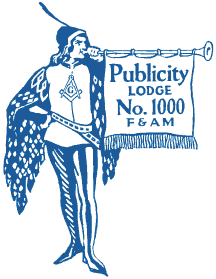






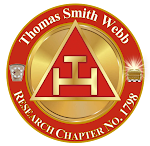







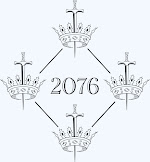






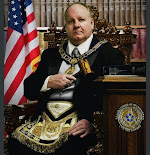



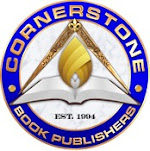

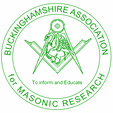

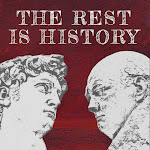

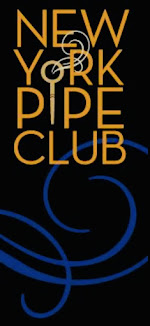




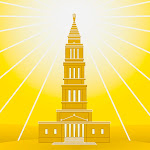


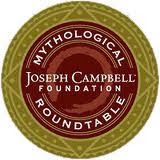










No comments:
Post a Comment